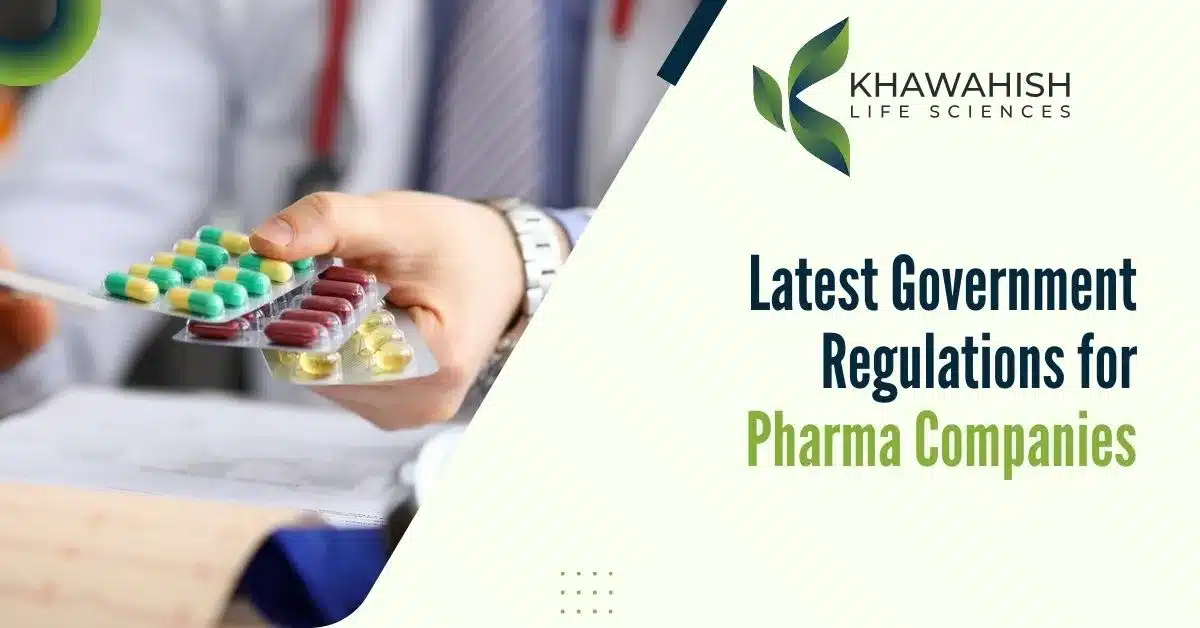
The pharmaceutical industry plays a critical role in global health, and the World Health Organization (WHO) ensures that this role is governed by international standards that prioritize safety, efficacy, and quality. In 2025, adherence to WHO guidelines in the pharmaceutical industry is more important than ever, especially with growing complexities in drug development and distribution.
What Are WHO Norms and Standards for Pharmaceuticals?
WHO develops pharmaceutical norms and standards through a transparent, global consultative process. This involves:
- Member States
- National regulatory authorities
- International agencies
- WHO Expert Advisory Panels
- Industry specialists and NGOs
These stakeholders collaborate to draft guidelines that are evaluated by the WHO Expert Committee on Specifications for Pharmaceutical Preparations. Once approved, they are adopted as international standards for pharmaceutical processes worldwide.
7 Pillars of WHO Pharmaceutical Guidelines
WHO’s pharmaceutical guidelines are organized into seven main categories:
| Category | Description |
| Development | Standards for pharmaceutical research and formulation |
| Production | Guidelines on Good Manufacturing Practices (GMP) |
| Distribution | Norms for Good Distribution Practices (GDP) |
| Inspection | Procedures for regulatory inspections |
| Quality Control | Methods for laboratory testing and validation |
| Regulatory Standards | Framework for compliance and licensing |
| Prequalification | Criteria for listing medicines in WHO’s list |
Each of these areas ensures that medicines are developed, produced, and delivered with maximum efficacy and minimum risk.
Need help navigating WHO pharmaceutical norms? Let our experts guide you—get in touch today for a compliance-ready strategy.
Why WHO Guidelines Matter in 2025
- Ensure global consistency in drug safety and quality
- Support regulatory harmonization among countries
- Aid in prequalification of essential medicines for procurement
- Facilitate scientific innovation through clear standards
- Improve public trust in pharmaceutical products
How Pharmaceutical Companies Can Stay Compliant
To align with WHO pharmaceutical guidelines, companies should:
- Regularly consult WHO’s official website for updates
- Participate in public consultations for draft guidelines
- Implement GMP, GDP, and GCP standards across all units
- Train staff regularly on updated norms and inspection protocols
- Collaborate with regulatory bodies to ensure alignment
Conclusion
WHO’s norms and standards for pharmaceuticals ensure that quality, safety, and efficacy remain at the heart of global health initiatives. By staying compliant and informed, pharmaceutical companies contribute to a safer world and improved patient outcomes.
